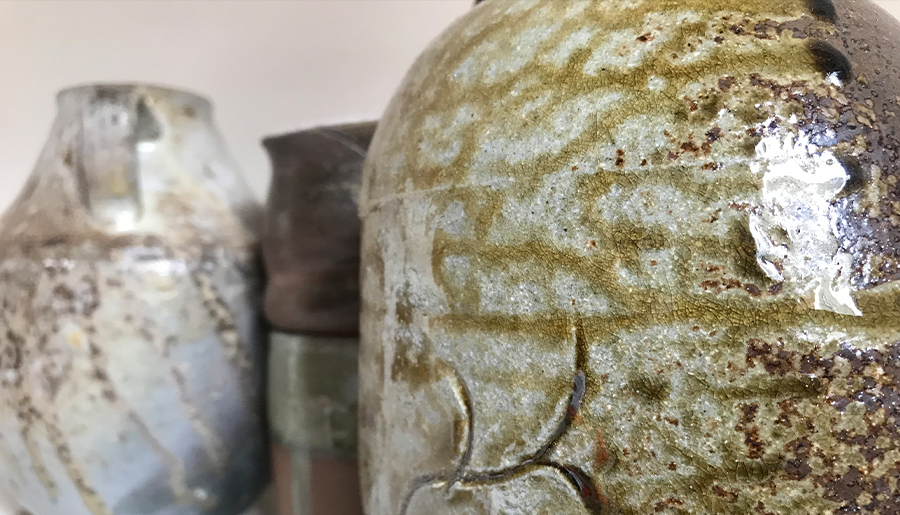Pottery: An art form that’s bonafide ancient. According to historians, humanity’s first recorded pots were made in around the 7th millennium BC. At this time, the people of Iraq made undecorated, unglazed pots from reddish-brown clays.
Since then, the popularity of pottery has waxed and waned across the globe. In many Aussie households, these artisanal products are a rarity, replaced by mass-produced teacups and plates. The chasm between us and where our cereal bowls were created couldn’t be any wider.
However, according to an Aussie potter named Peter Phillips, there’s no better time to get acquainted with this historic art form. In 2024, handcrafted vases, unique coffee cups, and bespoke planters could all be your thing.
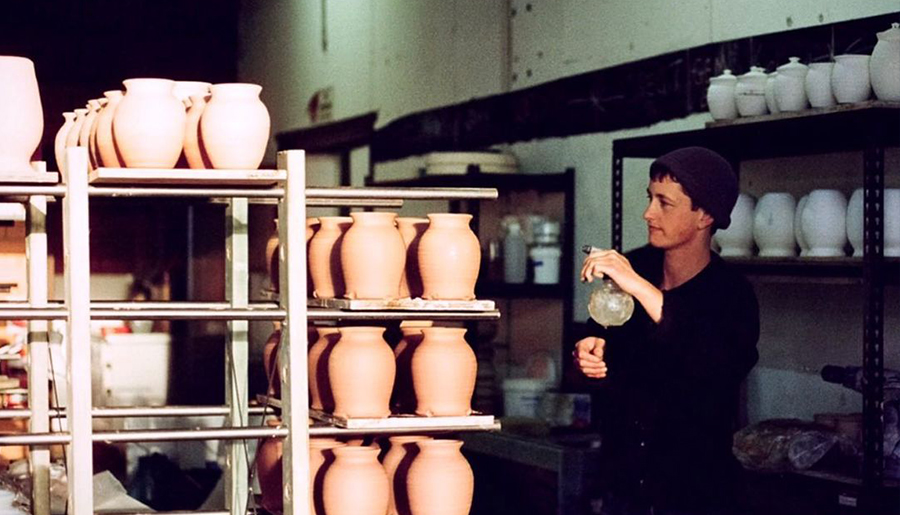
Recently, The Latch had the pleasure of interviewing Phillips about their artistic practice. And here’s what they said on this matter.
The Peter Phillips Pottery Saga
As a kid, Peter Phillips didn’t dream of being a potter. He didn’t have dreams made of clay.
However, dreams change. Which is exactly what happened to Phillips when they attended Australia’s National Art School. While studying to become an artist, he met the esstemed sculptor Merran Esson. During a random class, Esson told her students about the wonders of making pottery.
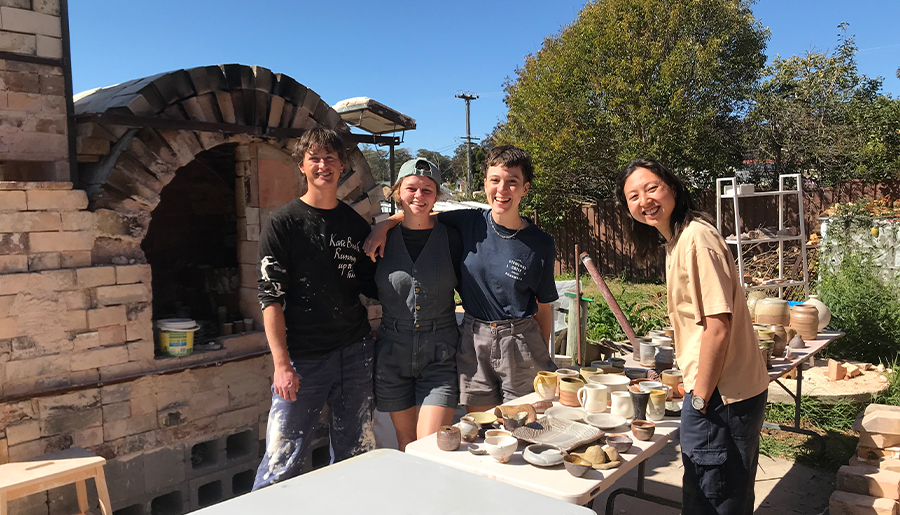
“Merran Esson taught us how to make a pinched pot, and the process was grounding,” Phillips said. “She shared joy in the tactile material, being able to craft a vessel with qualities she believed worthy of investigating. These included the roughness, thickness, and angle of a rim that is anticipated to reach the lips of a person. Could this be an object that is looked at, touched, used, while at a desk or at a table sharing food with others?”
“Clay transforming into stone is magic, it’s like weathering, which is a beautiful visualisation of time. I love getting to use my hands and getting to dive deep into an art practice where I am perplexed by the objects created.”
Since this interaction, Phillips has gone on to become a full-time potter living in the NSW town of Bargo. They are additionally a member of the studio Bargo Pottery. According to Phillips, Bargo is an exquisite place to make incense holders, pots, vases, and alike.
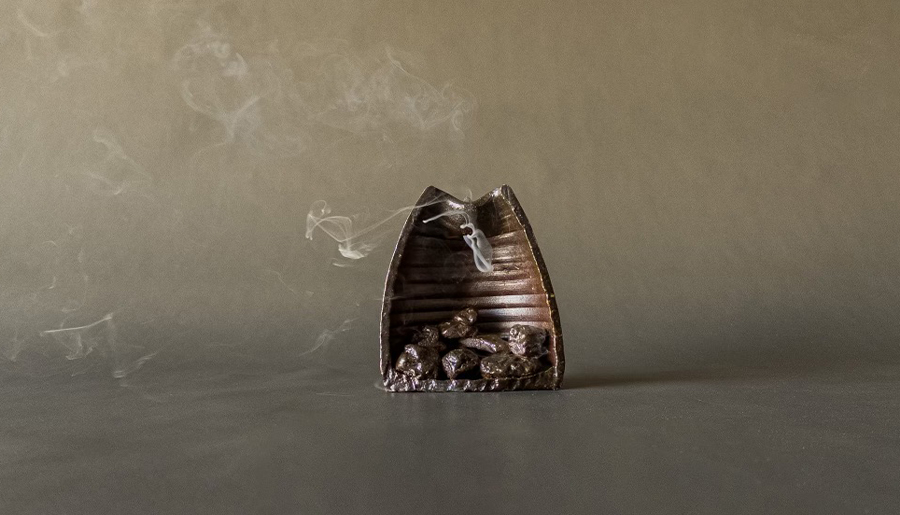
“On a potter’s wage, I can afford a Bargo warehouse,” Phillips explained. “It’s close enough to my clay community to run classes, sell work, and do communal wood-firings.”
“More importantly, I find solitude on my bush walks and in my studio, which is vital for my making practice, to feel free to play. I also share a space with two other potters, and we feed each other ideas.”
What a Peter Phillips Vase Means
Over the years, Peter Phillips has refined how he makes his pottery, his personal style, and what his finished works mean. From Phillips’ perspective, a lot of energy went into making these goals a reality, as creating pottery is a monumental process.
“If a piece of mine’s wheel-thrown, the clay is wedged and weighed. Once made, it is left to dry for half a day or so,” Phillips explained. “The clay is now firm enough to do things like trim, carve, and add handles. The piece again is left to dry, maybe a few days, weather depending.”
“Has it survived this far? Well done, it’s time for its first bake in an oven, known as a kiln. Three days later, apply a glaze, put it through another firing, and pray to the kiln gods for safe passage through the 30 more hours of flames. After the Kiln has cooled, remove the kiln door, brick by brick. Remove your pots, sand the rough parts, and give them to a friend.”
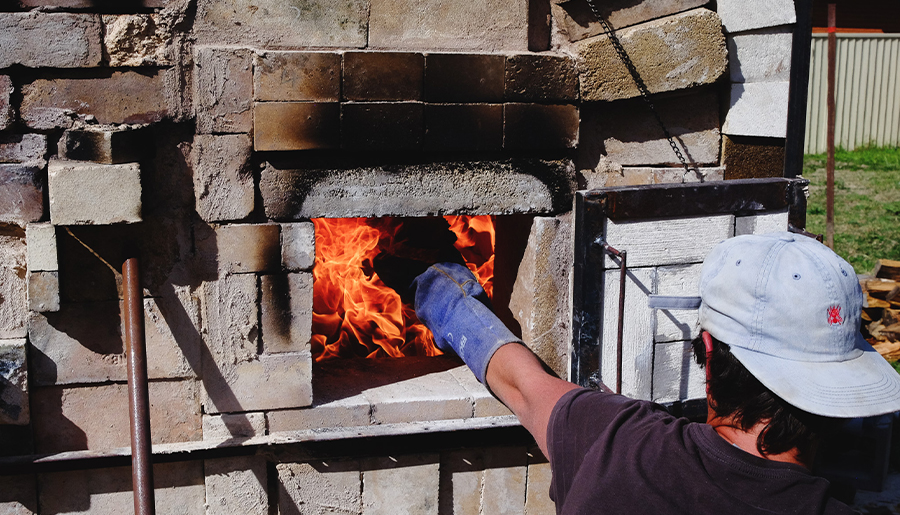
Phillips believes that his process creates pottery that’s both organic and raw, full of tectonic tones. Pottery that transcends being a vessel to serve food on or match your kitchen set. These works depict Phillips and the things that he values most.
“I would describe my style as moody, earthy, loose, and naked,” Phillips said. “If it were a music genre, it would be grunge.”
“I also illustrate mundane scenes on the surface of some of my works. These scenes are sometimes abstracted, but I hope to elicit a sense of whimsy, shadow, brokenness, wind, isolation, timelessness, and awe. I like to think about these things while enjoying a cup of coffee first thing each day.”
Should You Buy Artisan Plates?
According to Peter Phillips, handcrafted pottery can connect you to your home in a manner mass-produced items can’t replicate.
“When you get a local piece of pottery, you get to support local makers, form deeper connections to the objects you surround yourself with, get to know where the item’s materials came from, and learn who crafted it,” Phillips explained. “If your home reflects what you value, what does a Kmart have?”
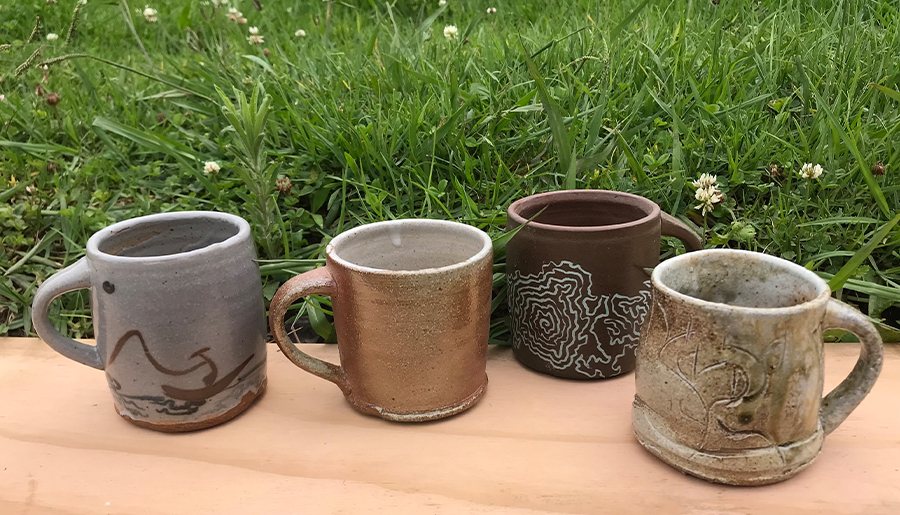
Though, Phillips knows that artisanal pieces of pottery aren’t accessible to everyone. This is because they can be prohibitively expensive.
“My mom still prefers her mass-produced, identical kitchenware, and leaves my pots in the glass cupboard, in fear they’ll break if they’re used,” Phillips said. “The importance of mass production is that it’s cheap. I can’t compete with those prices, and this is the reality of the capitalist society we live in.”
To combat this issue, Phillips tries to make their art affordable for the general public.
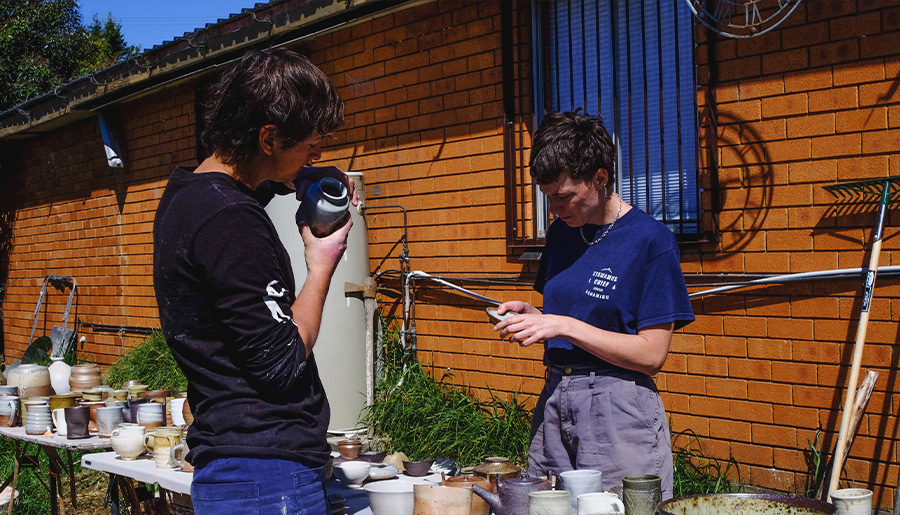
“I make pots with minimal cost, in the hopes that more people can afford to have hand-made objects in their life,” Phillips noted. “It can slow down your pace, it can ask you to look closer and appreciate the small things.”
How to Purchase Some Peter Phillips Pottery
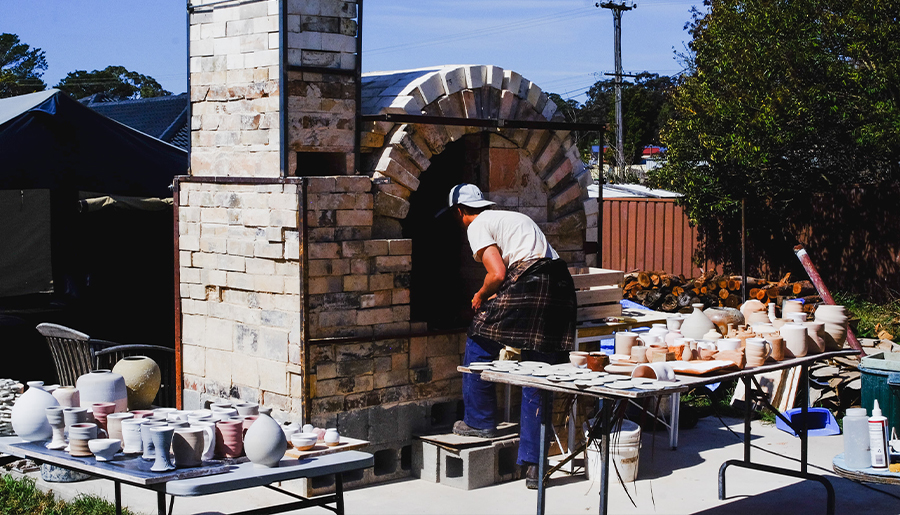
If you want to purchase some Peter Phillips pottery, message them @peter_jazzdallas on Instagram. Otherwise, their studio is on 99 Avon Dam Road in Bargo, NSW.
Related: So, Do You Want Great Second-Hand Furniture? Search for These Terms Online
Related: I Write About Homewares, and This Is the One Item I Always See in Stylish Spaces
Read more stories from The Latch and subscribe to our email newsletter.


